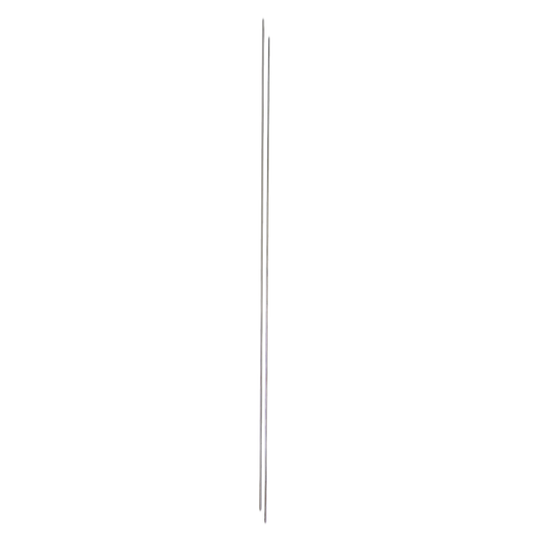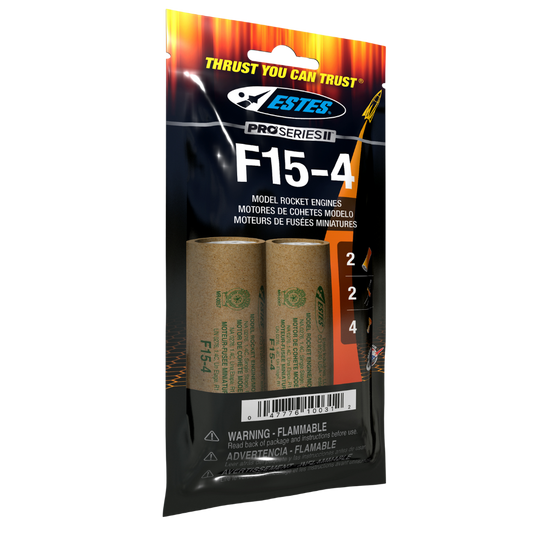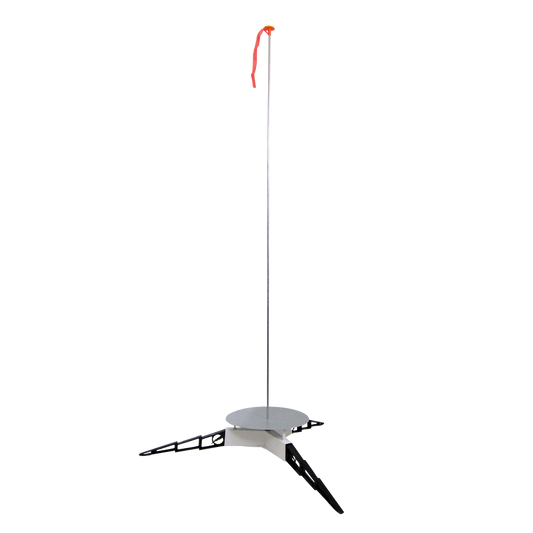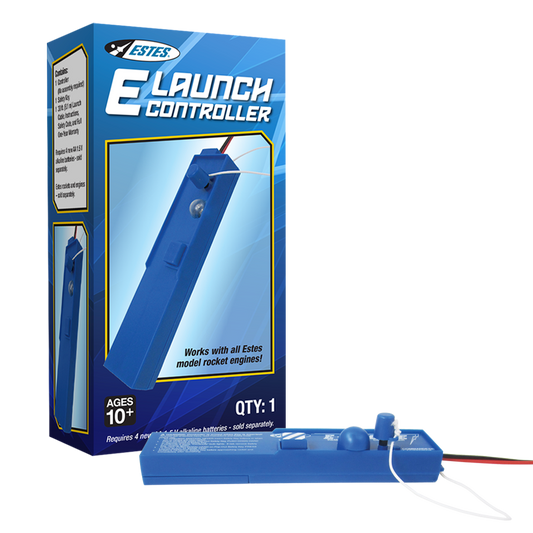Porta-Pad E Launch Pad and Pro Series II Launch Controller. Estes model rocket engines, starters and recovery wadding.
Six C 1.5V high quality AA alkaline batteries (sold separately)
What You Need to Fly
-
 Sold out
Sold out1/4" Two-Piece Launch Rod
Regular price $16.99Regular priceUnit price / per$16.99Sale price $16.99Sold out -
Porta-Pad E® Launch Pad
Regular price $35.99Regular priceUnit price / per$35.99Sale price $35.99 -
E Launch Controller
Regular price $35.99Regular priceUnit price / per$35.99Sale price $35.99 -
 Best Seller
Best SellerF15-4 Engines (29 mm)
Regular price $32.99Regular priceUnit price / per$32.99Sale price $32.99






